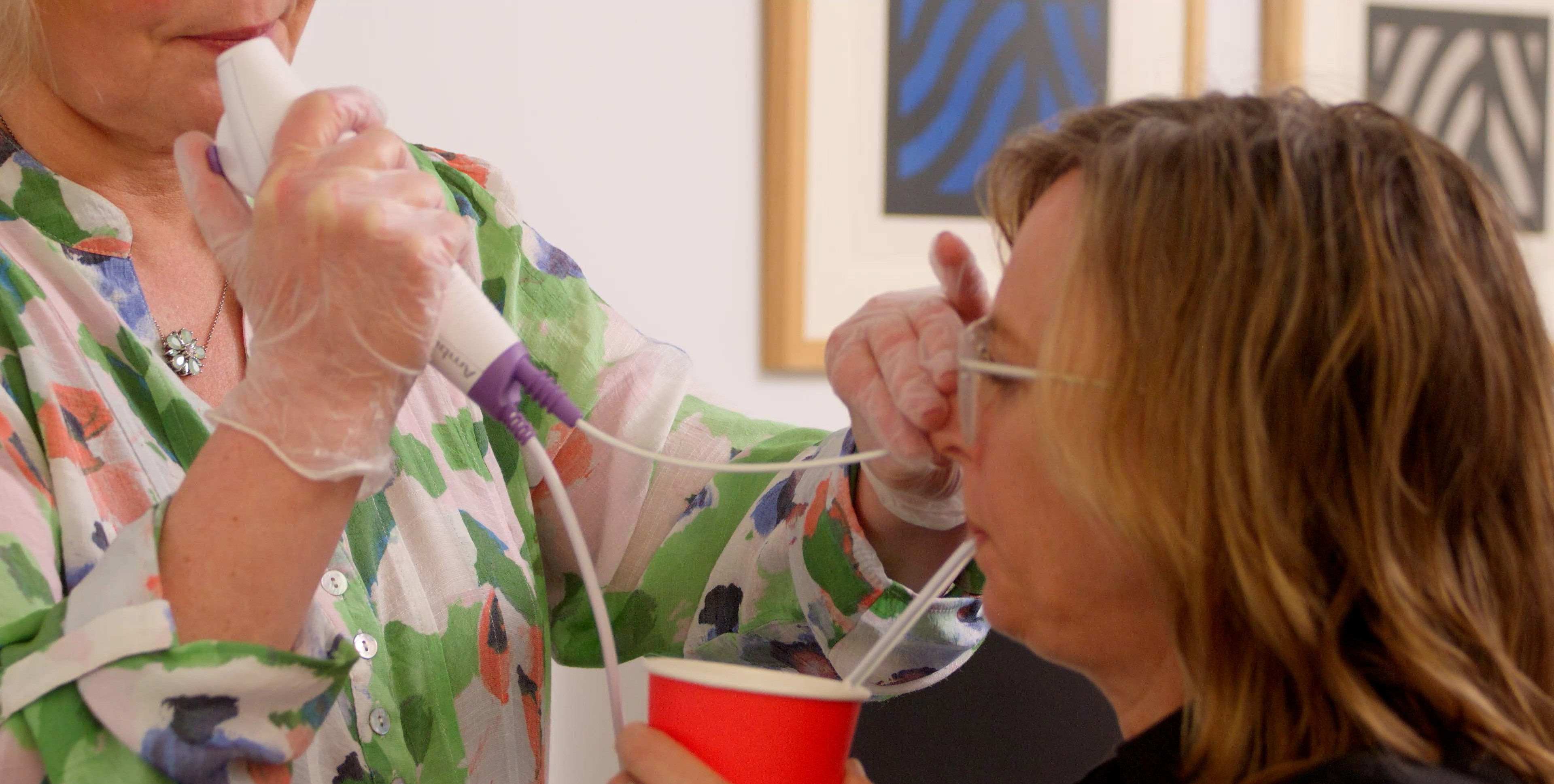
Research conducted at three hospitals in the UK and Ireland found that single-use rhinolaryngoscopes offered a cost advantage per procedure when compared with reusables.
A study presented to the American Rhinologic Society (ARS) meeting in a poster at COSM in May showed that single-use rhinolaryngoscopes cost less per procedure than reusables at the hospitals studied.
The cost of the reusable scopes was estimated via a micro costing analysis at the three hospitals.
_____________________________________________________________________________________
Related: Single-Use Endoscopy Takes on New Role in FEES Procedures
https://singleuseendoscopy.com/single-use-endoscopy-takes-on-new-role-in-fees-procedures
_______________________________________________________________________________________
The average per procedure cost of reusable rhinolaryngoscopes was £157 ($196). The cost per procedure with single-use rhinolaryngoscopes was £105 ($131). Thus, the single-use scopes provided an average cost saving of £52 ($65) per procedure.
This study evaluates how variation in reprocessing methods, clinical setting, procedure volume, and type of reusable rhinolaryngoscope may impact cost per procedure using a reusable scope compared with a single-use scope.
The three participating hospitals used different reprocessing methods, reusable rhinolaryngoscopes, and had different volumes in their clinical settings, the researchers wrote.
The study found single-use scopes cost less per procedure but noted that the different parameters between hospitals make it difficult to compare since those parameters influence the outcome.
Single use rhinolaryngoscopes like those offered by Ambu eliminate the need for reprocessing and repairs and their accompanying costs. The endoscopes are sterile straight from the pack and brand new for each patient, eliminating concerns about cross-contamination.
In a separate study, physicians at multiple academic hospitals across the U.S. scored the Ambu single-use rhinolaryngoscope superior in setup and convenience and better overall than its reusable competitors. The study findings were published in Laryngoscope Investigative Otolaryngology.


